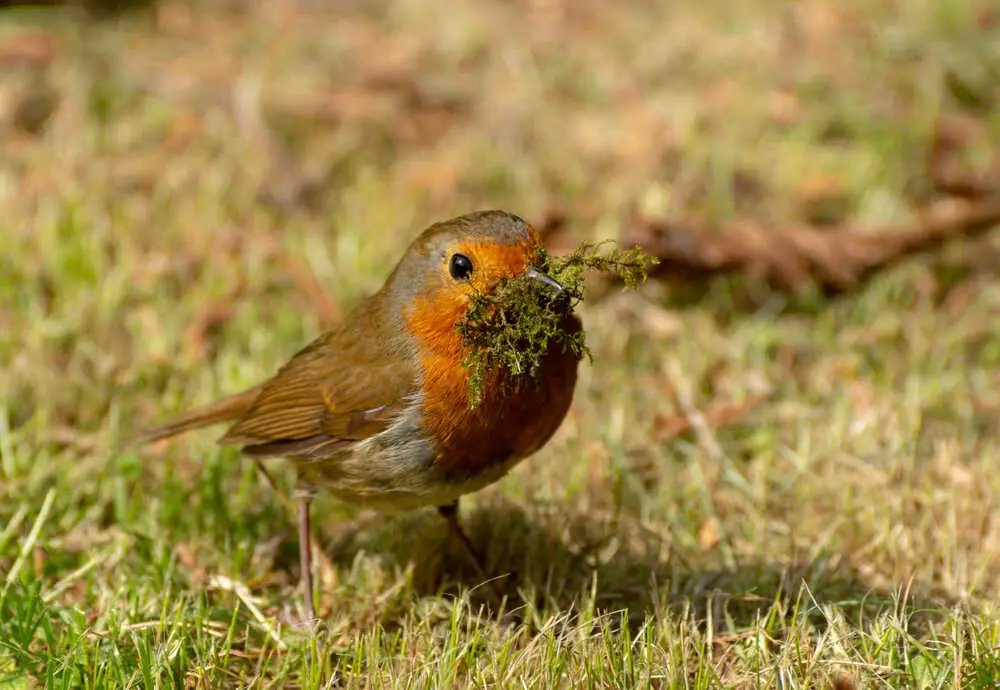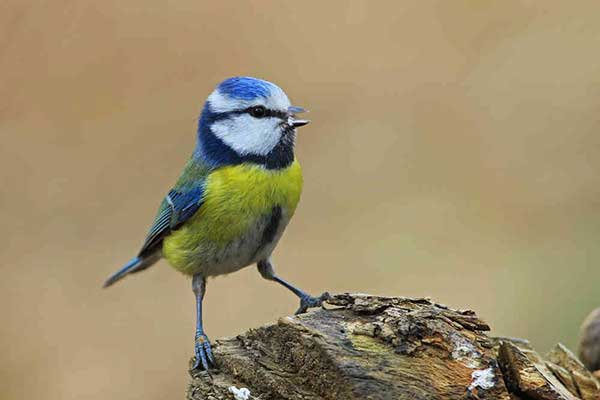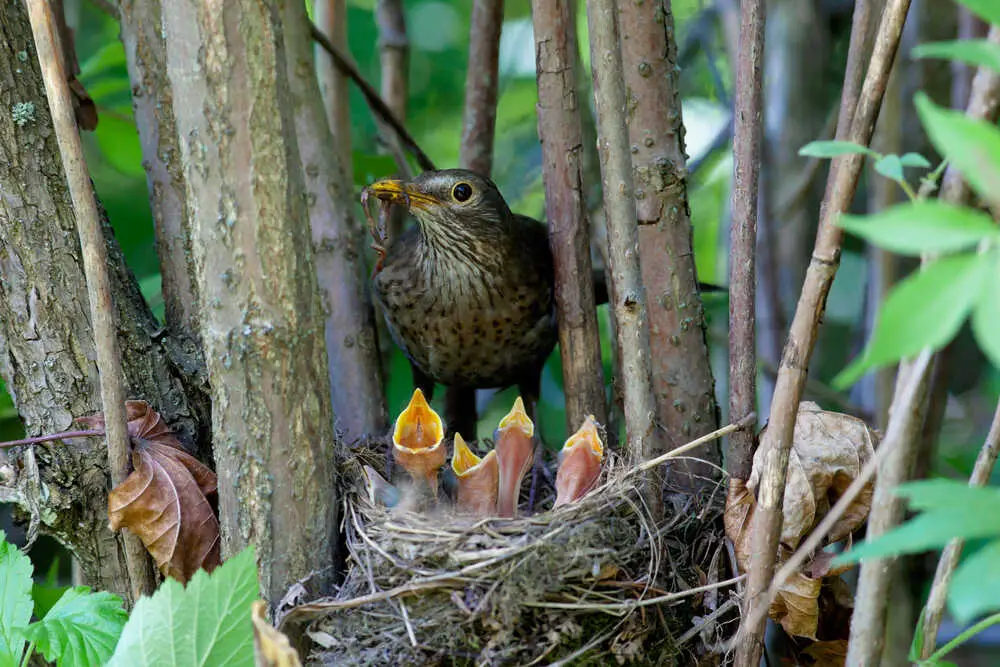Many bird species exhibit remarkable behaviors, including returning to the same nest site each year.
This phenomenon, known as site fidelity, is especially common among species that mate for life.
In the UK, several bird species demonstrate site fidelity, and in this article, we will explore some of these feathered friends.

Table of Contents
Robin
The first species that comes to mind when discussing reusing the same nesting spots is the Robin. These small, red-breasted birds are a common sight in UK gardens, and their melodious songs can be heard throughout the year.
Robins are one of the earliest breeders in the UK, with the males often establishing their territories as early as December. They will then start building their nests, which can be found in a variety of locations, including in trees, bushes, and even on the ground.
Robins are known to be extremely territorial, and they will fiercely defend their nests from other birds and predators. This territorial behavior is part of what makes them so faithful to their nesting sites, as they will return to the same location year after year to breed.
In fact, robins have been known to use the same nest for up to three breeding seasons in a row, making them one of the most loyal species in the UK.

Blue Tit
These small, colorful birds are known for their acrobatic feeding behaviors, as well as their distinctive blue and yellow plumage.
Blue tits are also early breeders in the UK, with the females typically laying their eggs in April or May.
Like robins, blue tits will often use the same nest site year after year, although they may make small modifications or repairs to the nest each season.
Blue tits are known to be highly adaptable, and they can build their nests in a variety of locations, including in bird boxes, tree cavities, and even letterboxes. This adaptability is part of what makes them so successful in the UK, as they can breed in a variety of habitats and conditions.
Great Tit
Another bird species that demonstrates site fidelity is the great tit. Like blue tits, great tits are small, colorful birds that are known for their acrobatic feeding behaviors.
Great tits typically breed slightly later than blue tits, with the females laying their eggs in May or June. They will often use the same nest site year after year, and like blue tits, they may make modifications or repairs to the nest each season.
Great tits are also highly adaptable, and they can build their nests in a variety of locations, including in bird boxes, tree cavities, and even in cracks in walls or buildings.
This adaptability is part of what makes them so successful in the UK, as they can breed in a variety of habitats and conditions.

Blackbird
Blackbirds are larger than robins, and they are known for their beautiful, melodic songs.
They typically breed later in the season than robins or tits, with the females laying their eggs in May or June. Blackbirds will often use the same nest site year after year, although they may build a new nest each season.
Blackbirds are known to be shy and elusive, and they will often hide their nests in dense vegetation. This behavior is part of what makes them so successful in the UK, as it helps to protect their eggs and chicks from predators.
In addition to these species, many other bird species in the UK demonstrate site fidelity to varying degrees. For example, wrens are known to use the same nest site for multiple breeding seasons. Other species, such as chaffinches and goldfinches, may use the same general area but build a new nest each season.
Final thoughts…
Many bird species in the UK will return to the same nesting spot, with varying degrees of loyalty to their nesting sites. Robins, blue tits, great tits, blackbirds, and wrens are just a few examples of species that return to the same nest site each year.
This behavior is not only fascinating but also crucial for the survival of these bird populations.
By returning to the same site, birds can build on their previous breeding success and increase their chances of survival in an often-challenging environment.
Therefore, it is essential to protect and preserve these nesting sites to ensure the continued success of these beautiful and fascinating birds in the UK.
